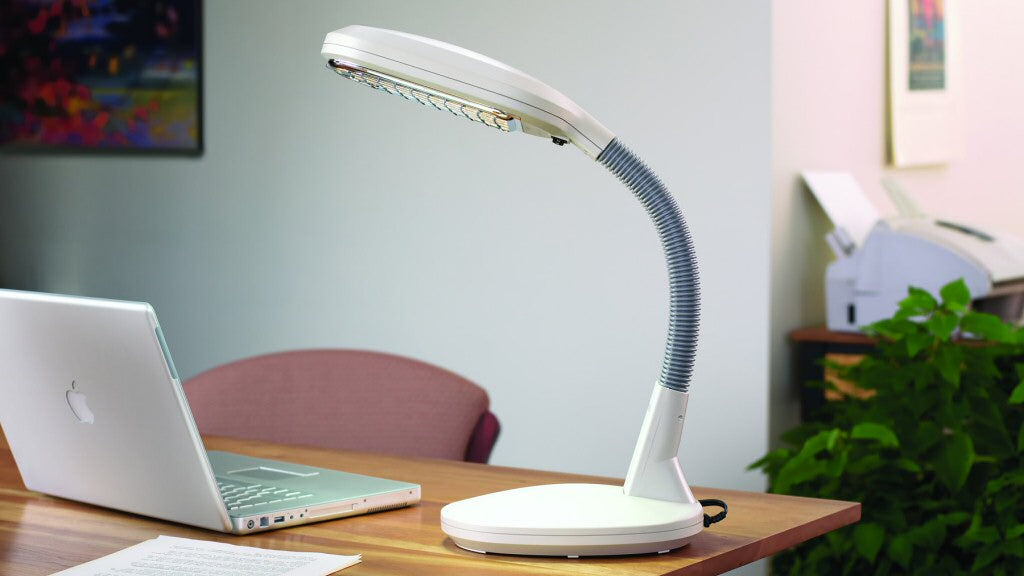
Task Lighting Buyer's Guide
Search
Are you having trouble sewing, reading, or typing because of inadequate and incorrect lighting? A task lamp should allow you to do intricate and detailed work with the least amount of eye strain and fatigue. Desk lamps & task lamps have been specially designed to direct lighting to efficiently perform task or hobbies that require more illumination than a table lamp can achieve. Smart businesses already know that efficient task lighting makes financial sense, in that proper lighting boosts productivity in their workers.
Selecting the right task light for your needs requires a few simple considerations. In this guide you will learn about the different types of lamps, understanding brightness and lumens, and useful features that are distinctive to your task & desk lighting needs.
Task Lamps for Sale: Consider This When Shopping for Task Lighting
- Design. Be sure to consider the intended use when selecting a task lamp. Will you be adjusting the lamp frequently? Also, consider size. Select the proper size lamp for the job. Task lamps come in a wide variety of sizes, and the right size can make all the difference for your individual needs.
- Bulb Type. Most task lamps offer clean bright light which may be directed in most any direction. LED, halogen, and CFL & full spectrum are popular varieties of lighting types that each has unique light characteristics. LED and CFL offer higher contrasting cool light, while incandescent and halogen light cast a warmer, lower contrasting light, which is more suitable to illuminating skin tones than to task work.
- Style. Who says functional can't be attractive? Task lamps come in a wide range of styles, from modern to vintage-inspired. Finding the right one should be an easy task.
- Specialty. Every task has specific and varied needs. We offer lighting solutions for just about any purpose you require. Flexibility, reach, magnification, and ease of adjustment are all important considerations to take into account.
- Your Age. You read that right, age is a top consideration when considering the right amount of lighting for a task. Once you reach your 60's, your eyes are typically 8 times worse than someone in their 20's. This means that older eyes need more light to achieve the same results.
Popular Types of Task Lights




What light bulb type is best for tasks?
Gone are the days of a single standard, like choosing between a 60 or 100-watt bulb and being done with it. Lighting for visual tasks is typically best served by the use of cool light rather than warm light. Cool light provides more contrast which allows you to see differences clearer in the subject of your tasks. This rules out the use of incandescent bulbs since they generally produce a warm light, which is preferred for living spaces. Most task lamps today use fluorescent bulbs since they cast a more cool tone. LEDs are gaining popularity in task lighting applications, and similar to fluorescent cast a cooler tone which provides higher contrast.
With all of the different types of task lamps available, LED, Halogen, Incandescent, CFL (Full Spectrum), it may seem confusing to select the lamp that provides the best lighting for your needs. Keep reading to compare the differences between different task lamp bulb variations.
Pros & Cons of LED Light
LED stands for light emitting diode, which are semiconductors that produce light when charged. LED bulbs have an average lifespan of over 50,000 hours, compared to a little over 1,000 for conventional incandescent bulbs. As a LED ages, the amount of light it gives off dissipates over time.
|
|
Pros & Cons of CFL Light
CFL stands for compact fluorescent lighting, which is simply a smaller version of a fluorescent tube. CFL bulbs contain a mercury vapor that lights when it is energized. Because CFLs contain mercury, they must be disposed of carefully, at designated drop-off site (Home Depot, Lowes, recycling centers, etc). An average CFL bulb should last 7,000 hours.
|
|
Pros & Cons of Incandescent Light
Incandescent light is an electric process that produces light with a wire filament that is heated to a high temperature by an electric current which runs through it. This is the type of lighting which was the standard in homes up until the 1990's. Due to its poor energy efficiency, it is being replaced with the newer technology of LED and CFL bulbs. Incandescent bulbs last roughly 1,000 hours.
|
|
Pros & Cons of Halogen Light
Similar to incandescent light bulbs, halogen bulbs use a similar electric-filament technology with one important difference; with incandescents the filament degrades via evaporation over time whereas, with halogens, filament evaporation is prevented by a chemical process that redeposits metal vapor onto the filament, thereby extending its life. Halogen bulbs have a lifespan of roughly 3,000 hours.
|
|
Color Temperature & Lighting
Color temperature is a characteristic of visible light. The temperature of light refers to its warmness or coolness, or hue. This temperature is measured using the Kelvin scale, which for most use ranges from 2,700°-7,500°K. Incandescent and halogen lighting are the most limited in the temperature range at 2,700°-3,000°K. LED and CFL have each expanded their color range to now offering warmer options. Most task lighting, however, benefits from cooler lighting options which include LED, full spectrum, and CFL.
Understanding Lumens & Brightness
A lumen is a measurement of light output from a lamp, often called a tube or a bulb. All lamps are rated in lumens. For example, a 100-watt incandescent lamp produces about 1,600 lumens.
The distribution of light on a flat surface is called its illumination and is measured in footcandles. A footcandle of illumination is a lumen of light spread over a one square foot area.
The illumination needed varies according to the difficulty of a visual task. Ideal illumination is the minimum footcandles necessary to allow you to perform a task comfortably and efficiently without eyestrain or fatigue. According to the Illuminating Engineering Society, illumination of 30 to 50 footcandles is needed for most home and office work. Intricate and lengthy visual tasks — like sewing — require 200 to 500 footcandles.
1,000-1,400 Lumens is a commonly accepted range for most applications of task lighting. An average of 50 Lumens per square foot is a common measure.
Another lighting term you may hear is efficacy. Efficacy is the ratio of light output from a lamp to the electric power it uses and is measured in lumens per watt.
Lumen Conversion Chart

Demystifying LED Light
When comparing the raw lumen output of traditional lamps with the lumen output of many LED lamps, it may seem that LEDs deliver less light than the conventional counterparts. These comparisons, however, are inaccurate and misleading, since they fail to account for the amount of wasted light in conventional lighting.
Therefore, lumen output is a poor measure of the suitability of a lamp for a given task. The better measure is delivered light — how much light a fixture delivers to a surface, as measured in lux (lx) or footcandles (fc). You can make comparisons between conventional and LED lighting fixtures on the basis of delivered light, as it measures how much of a light source’s raw lumen output reaches a surface or area you are lighting.
Determining the amount of a conventional lamp’s raw lumen output reaches as area, you must discount any light lost in the fixture housing (at times over 30%), as well as the light lost as a result of shading, lensing, and filtering. Since incandescent and fluorescent lamps often emit light in many directions, you must also discount any light cast away from the target area.
Benefits of Proper Task Lighting
Task lamps are an important tool that serves to make your work easier and more efficient. The ability to direct and focus the light is critical when it comes to detail-intensive jobs. An easily adjustable task lamp can pay dividends when it comes to time saved, decreased frustration, improved health, and overall satisfaction of whatever your task may be.
- Increased productivity
- Improved viewing comfort, eye focusing
- Provided greater control over lighting needs
- Less irritated, dry or watery eyes
- Less eye fatigue
- Less blurred or double vision
- Less light sensitivity
- Less pain in the neck, shoulders, or back
- Less in energy expenditures
Summary
Whether your task is reading, writing, sewing, art, crafts, assembly, repair, or drafting, all can benefit from the use of proper task lighting. Most tasks require plenty of high contrasting, cool light, which is best achieved through LED or CFL (full spectrum) light sources. Incandescent and halogen produce a warmer, lower contrasting light, which is great for skin tones, but not so good for most task applications. Don't forget, different types of lamp shades direct the light differently, so you'll want something suited to the task for your task lamp!
Task lighting is not confined to a few odd office lamps. We offer task lighting in the form of a table, floor, magnifier, full spectrum, craft, and more.
Wondering how to choose the perfect Task Lamp? A home that is well-lit by the right lighting fixtures is a home that is comfortable to live in. As such, every homeowner, including you, should take the time to choose task lighting for each room in the house. For instance, your home office can do well with bright light to provide you with enough illumination to see your work clearly. On the other hand, other rooms in your home will do better with soft lighting.
To cut a long story short, you should be able to choose the right task lamp so that you can do your task with ease because you have all the illumination you need, but just like with buying other things for your home, you still have to make sure that you pick the best one.
Selecting the Right Task Lamp
So, here a few things you need to consider when looking for task lamps to install in your home.
- Consider the natural light that is available in your home - When you take note of how much natural light from the sun filters through your home, you will be guided to the areas that need additional task lighting. If you notice that a certain part of the room is bathed in bright light during daylight, you might want to limit the number of task lights to purchase for that area. On the other hand, if not enough sunlight filters through the windows even during the day, you might have to buy a number of task lights to provide extra illumination.
- Think about the activities you regularly do at home and which of these require more light - Whether you are fond of puttering with the pots and pans in your kitchen or you simply enjoy relaxing with a needlepoint project in your free time, you really need to provide yourself with ample lighting to make those activities more enjoyable. What’s more? The task lights you get for these activities can guarantee that your eyes are not harmed because of insufficient light.
- Pick out the rooms in your home that need task lighting - For sure, there will be rooms in your home where you prefer doing things. Examples of these are the following:
Reading area or den
The reading area should have a bright task lamp. A bright desk lamp can prevent eye strain which is helpful in preventing eye damage in the long run. With bright task lamps in the reading area, you can keep headaches away. Thus, you will surely enjoy reading as well as other activities like writing letters or completing puzzles.
Kitchen
Your kitchen is another part of the home that requires task lighting. The dangerous nature of the activities you do in your kitchen is reason enough to get additional task lighting. More importantly, you need enough light to read recipes and to see the ingredients as they cook as well as other practical things. For kitchens, common task lighting fixtures are under cabinet lights that provide extra illumination to supplement the ambient light.
The Bedroom
Here is another place that needs task lighting. That is if you are fond of reading right before sleeping. A good bedside lamp can give you enough light to see the words on the pages quite clearly.
Task Lamps Buying Tips
Unsure about How to Buy a Task Lamp? When buying a task lamp you also have to consider other things aside from functionality. Here are the things you need to think about.
- Consider the décor of the room that needs task lights - Whether you want a desk lamp for reading or pendant lights for your kitchen counter, you have to consider the design of the room you want to place task lighting. This is to make sure that your room has a solid theme, from the décor to the light fixtures. There are actually lots of choices out there.
- Find which light source you can live with - Different task lights differ in the light sources they provide. There are lamps and lights that have incandescent bulbs. There are also those with fluorescent, halogen, and LED. You have to remember that incandescent lamps are more suited for ambient lighting rather than task lighting. This means that your options are among halogen, LED, and fluorescent lamps.
- Go with the latest Trends - Today, more and more task lamps are equipped with full-spectrum bulbs. Full spectrum lamps are designed to mimic natural sunlight. Hence, the light these lamps produce are really bright and white. The bright light provides enough illumination for tasks like sewing, reading, and cooking. More importantly, these lamps do not produce glare which often causes eye strain.
- In conclusion, choosing a task lamp requires you to do your homework. This means you have to bear in mind the pointers you just read about how to choose a task lamp to fit your living space as well as to provide you with enough illumination for tasks that require lots of light.
Explore Topics

Table of Contents
Task Lighting Buyer's GuidePopular Types of Task LightsWhat light bulb type is best for tasks?Pros & Cons of LED LightPros & Cons of CFL LightPros & Cons of Incandescent LightPros & Cons of Halogen LightColor Temperature & LightingUnderstanding Lumens & BrightnessLumen Conversion ChartBenefits of Proper Task LightingSummarySelecting the Right Task LampTask Lamps Buying TipsCommentsShopping Ideas
Trending
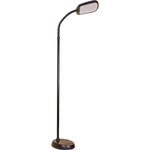
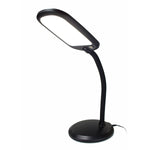
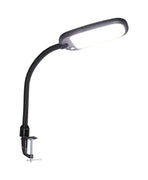
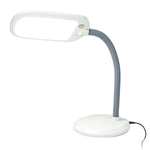
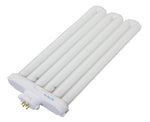
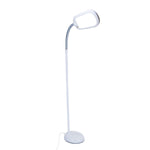
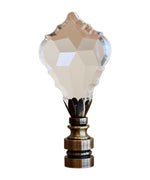


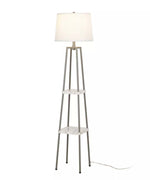

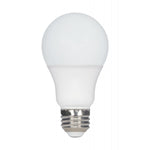
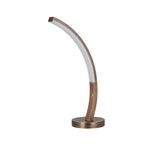
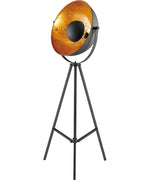

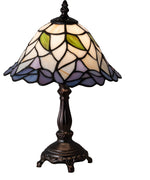

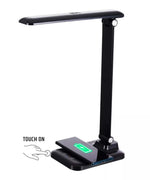
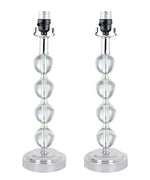




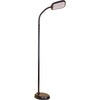

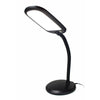
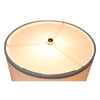
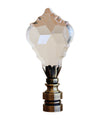
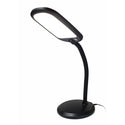
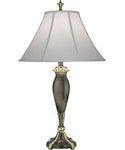
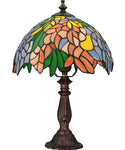
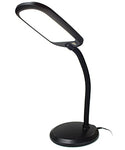
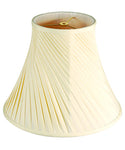
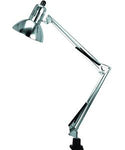
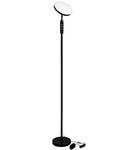
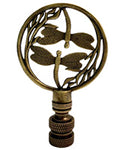
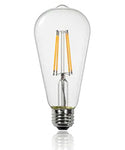
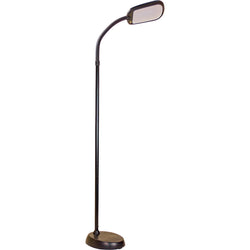

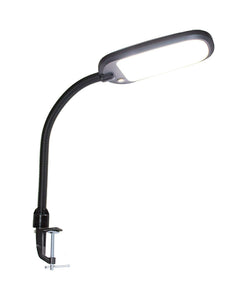

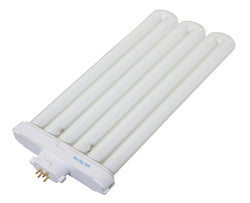
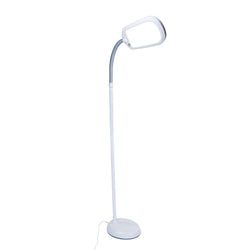
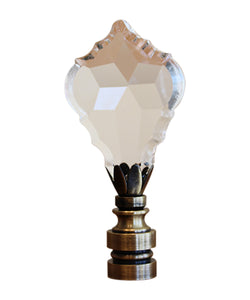
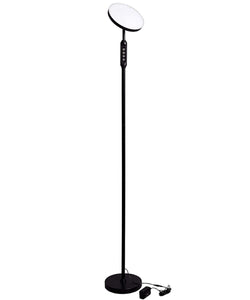
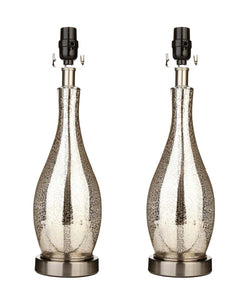
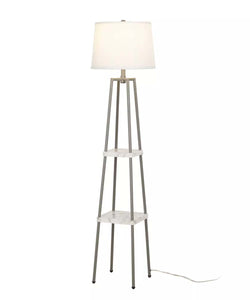
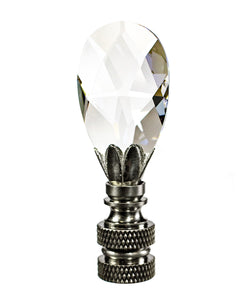
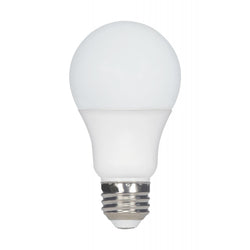

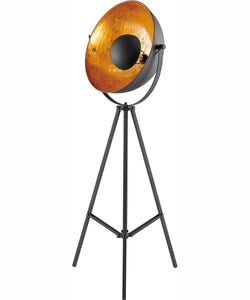

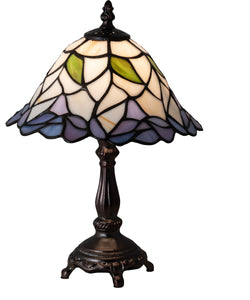
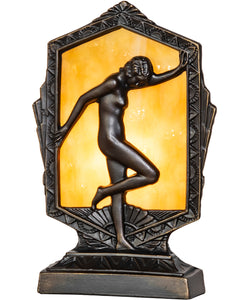


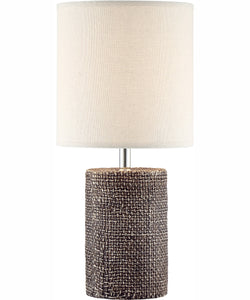
Comments